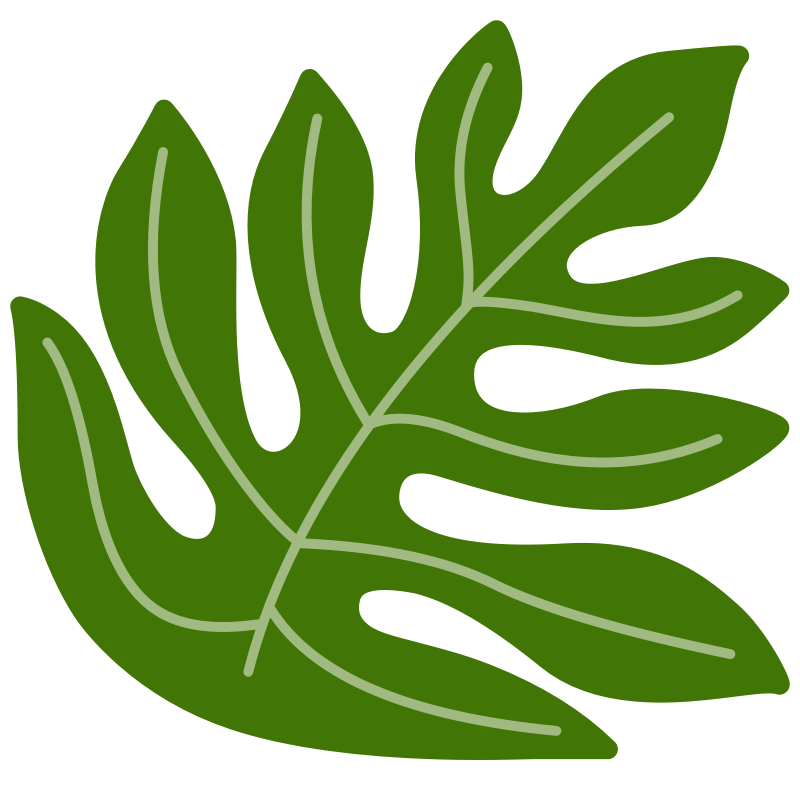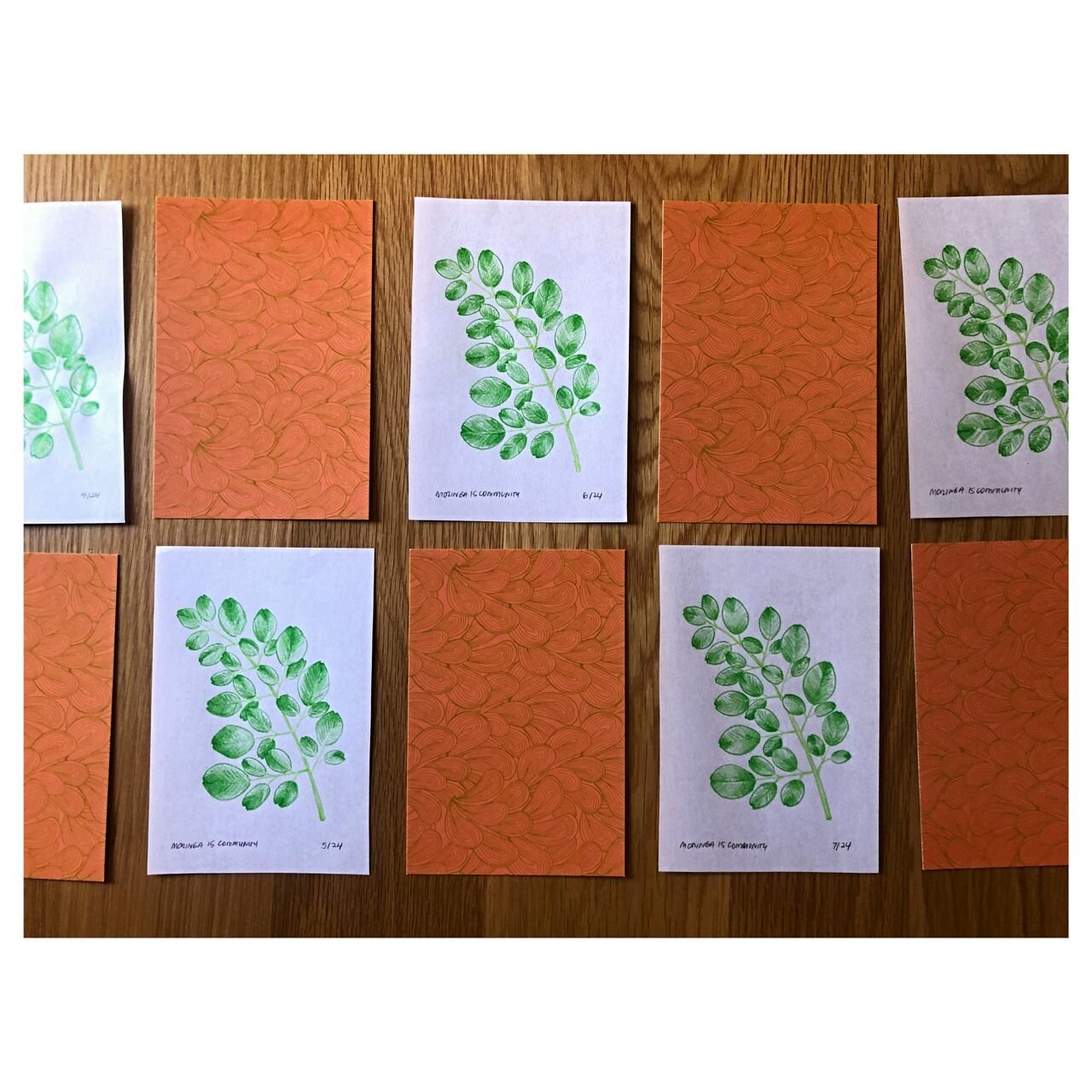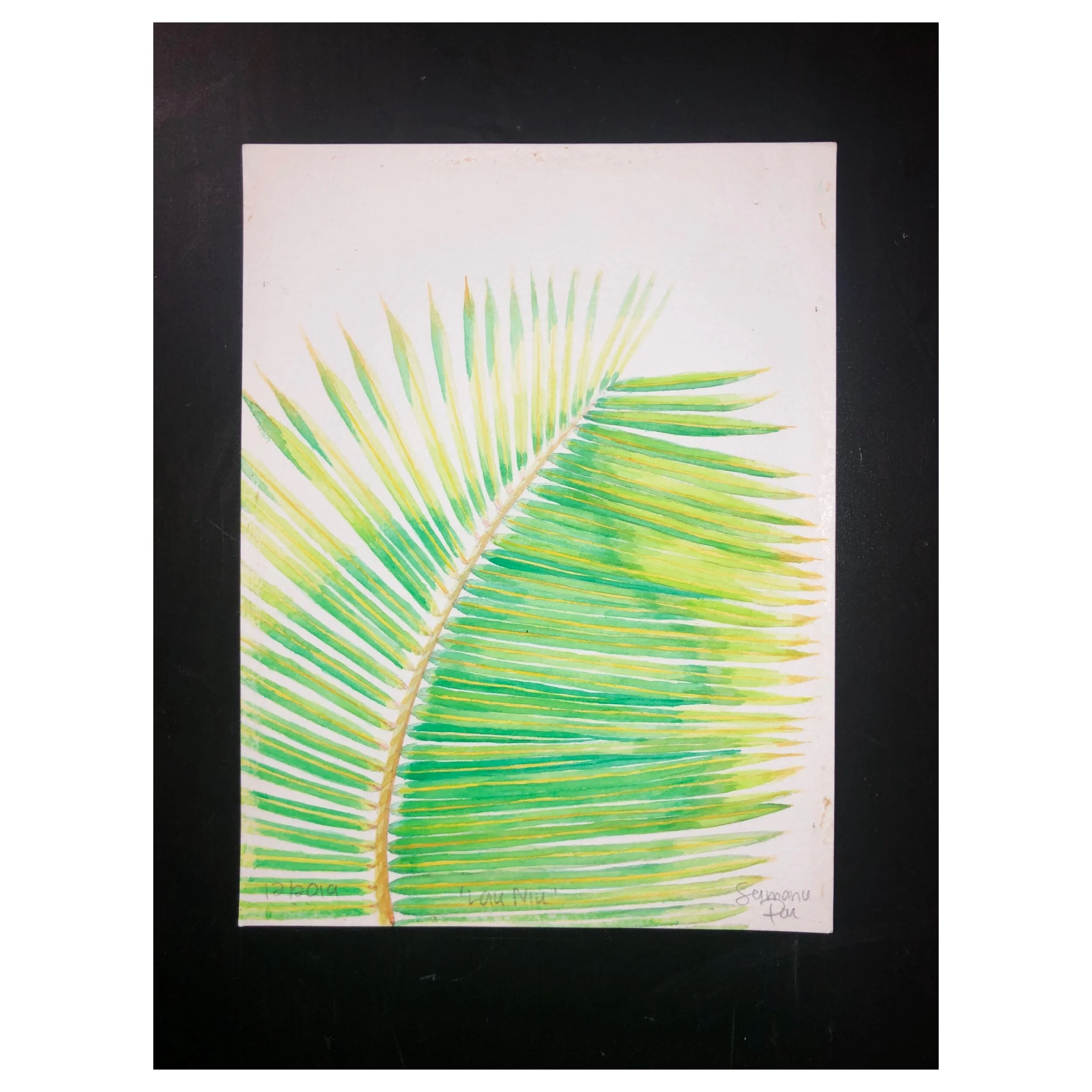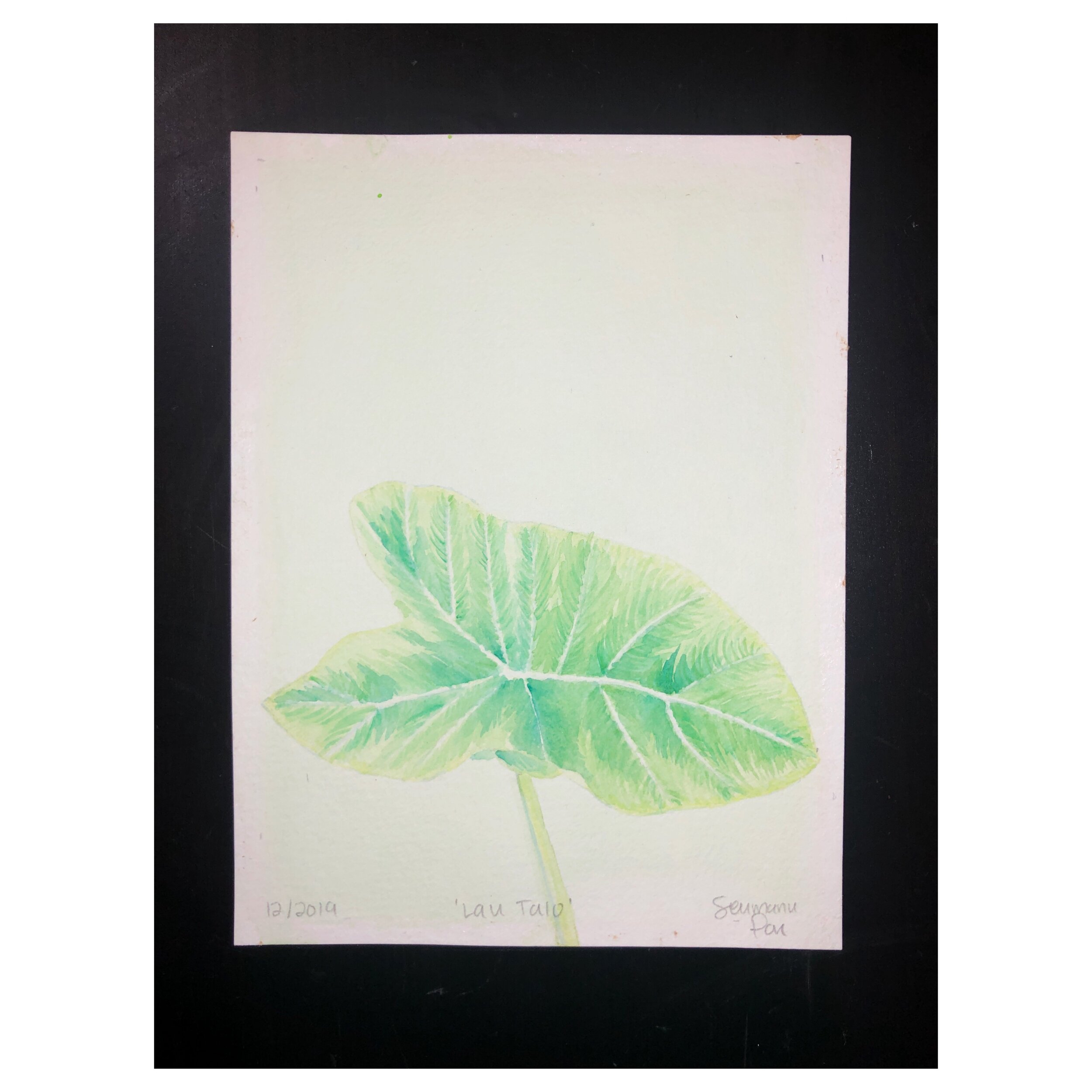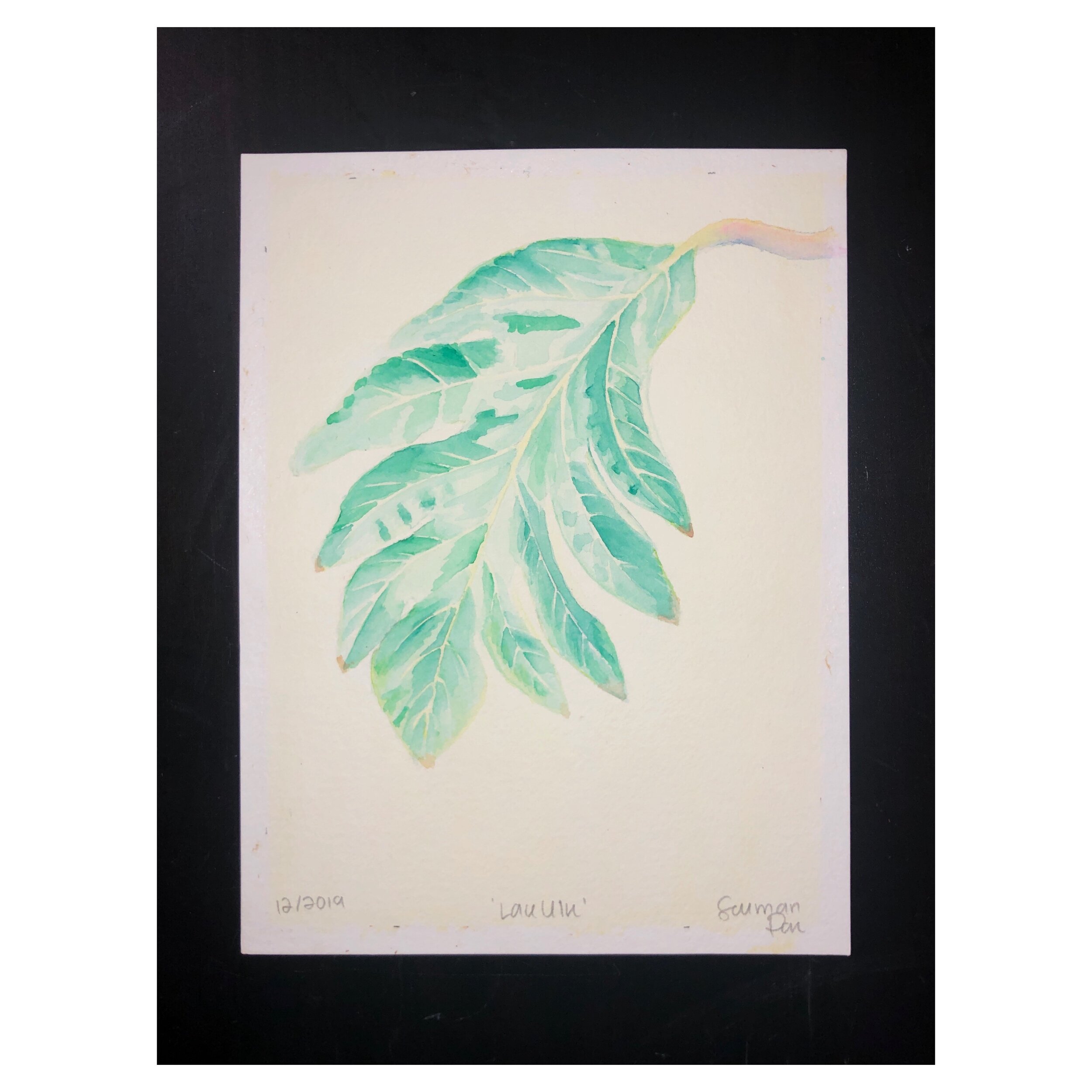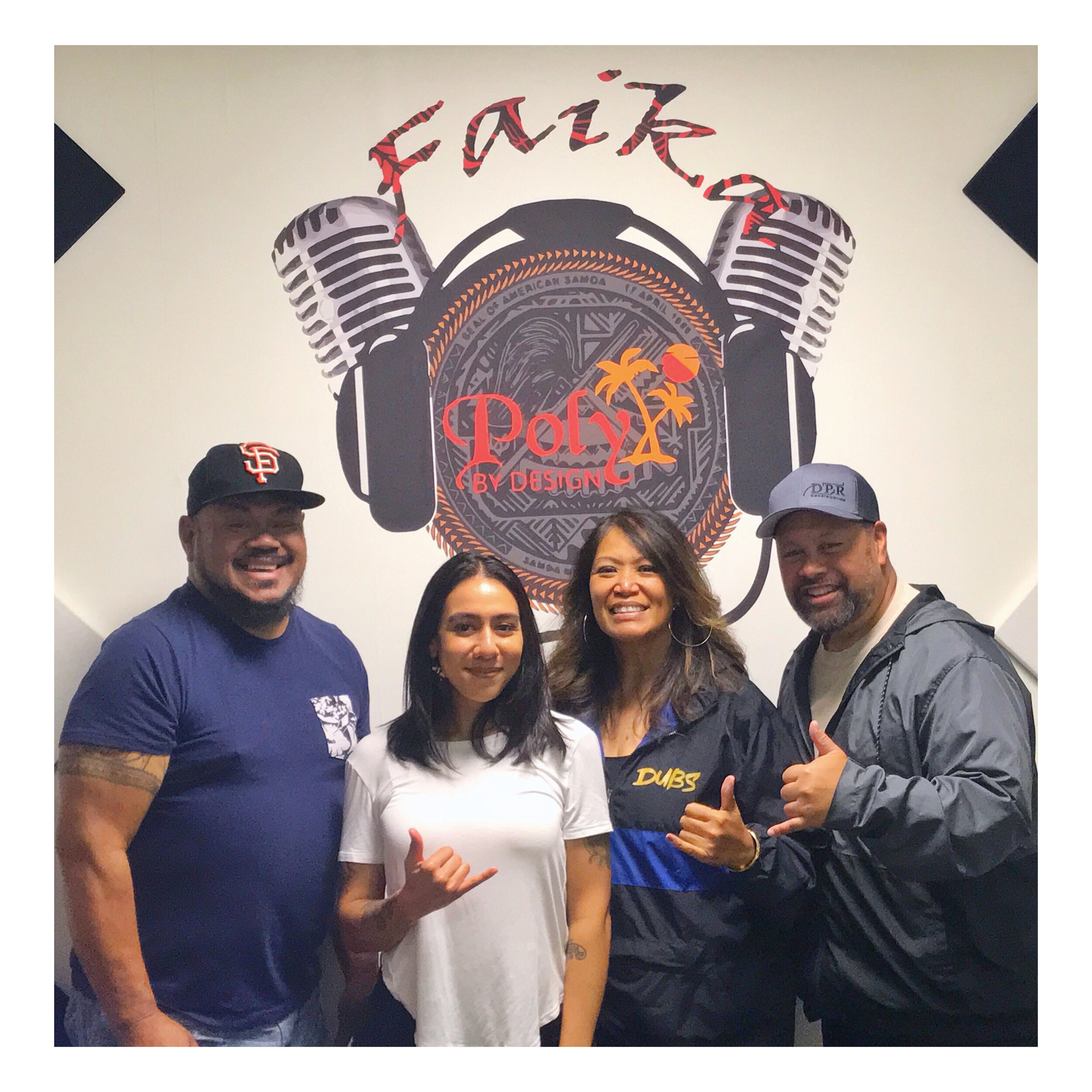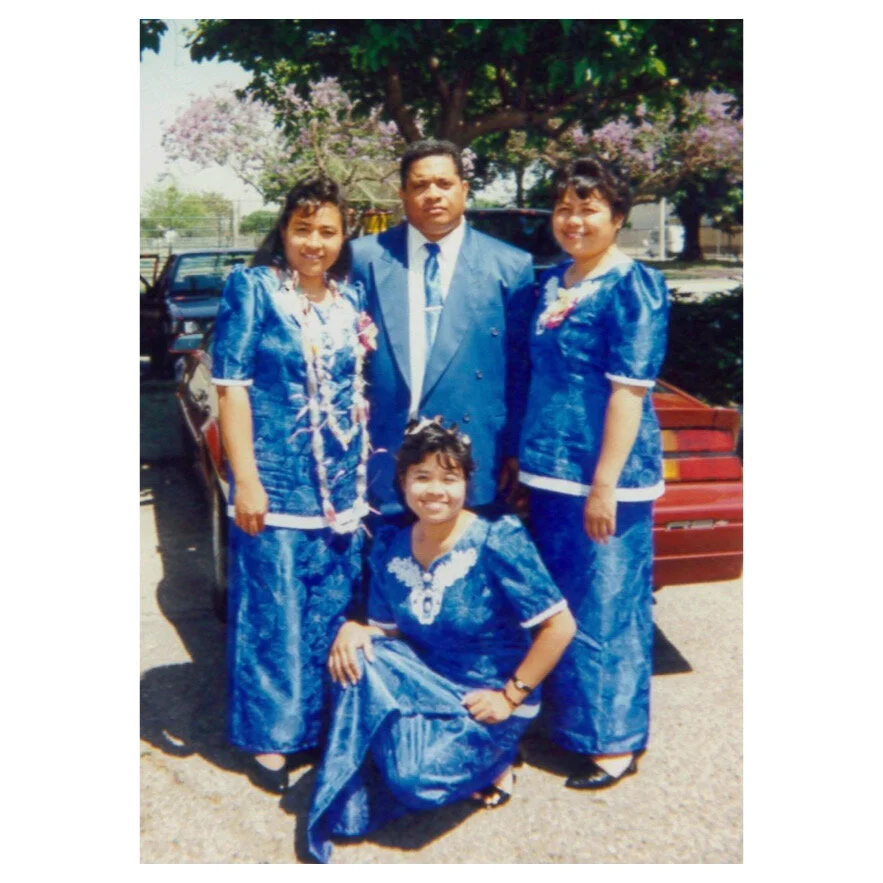Orange postcard were designed by talented @jenhewett
At the start of the Summer a friend of mine pitched me an idea:
Create an internship for early career Product Managers, Product Designers, and Engineers to replace opportunities lost to the pandemic; prioritizing BIPOC.
During a time where many of us were looking inward, focused on our own safety and security; Jihern reminded me that we had the capacity to move outside ourselves and to support our peers.
Three months after that conversation we launched the first cohort of the Moringa Fellowship. The dedication from our motley crew* was a labor of love like nothing I’ve seen in Tech. Additionally the outpour of monetary and social support from friends and strangers was humbling.
As a token of my gratitude, I hand drew and colored 24 illustrations of a moringa leaf. Thank you again to everyone who showed up for our fellows. Your generosity is a testament to the power of community: together we can accomplish anything.
*Jihern Baek (He/Him), Rahul Doraiswami, Qiqi Xu, Siddharth Ramakrishnan, Cory Weaver, Shoumik Pennathur, Kimiko Goeller, Anthony Michael Abril, Allan Yu, Evan Smith
